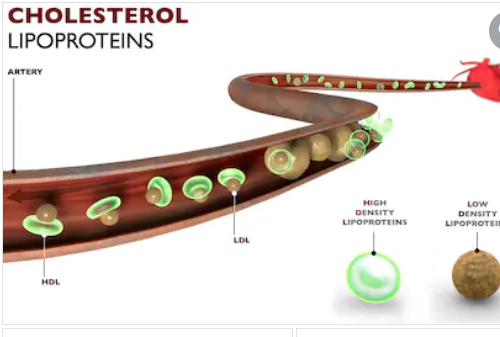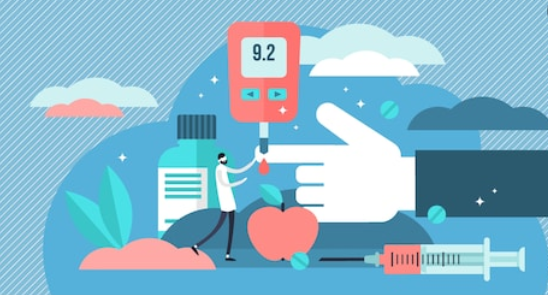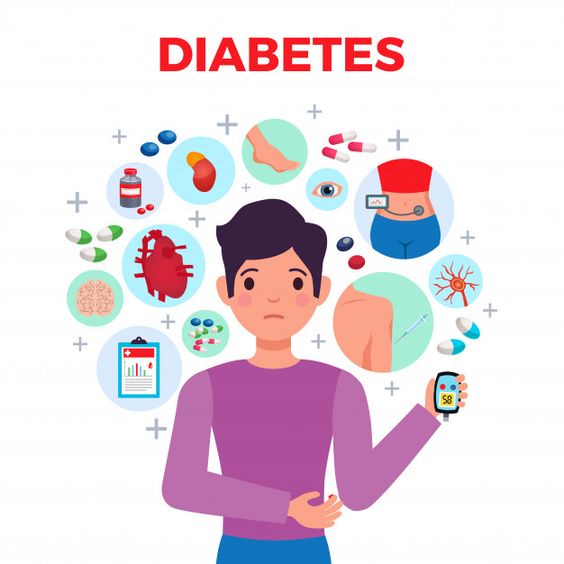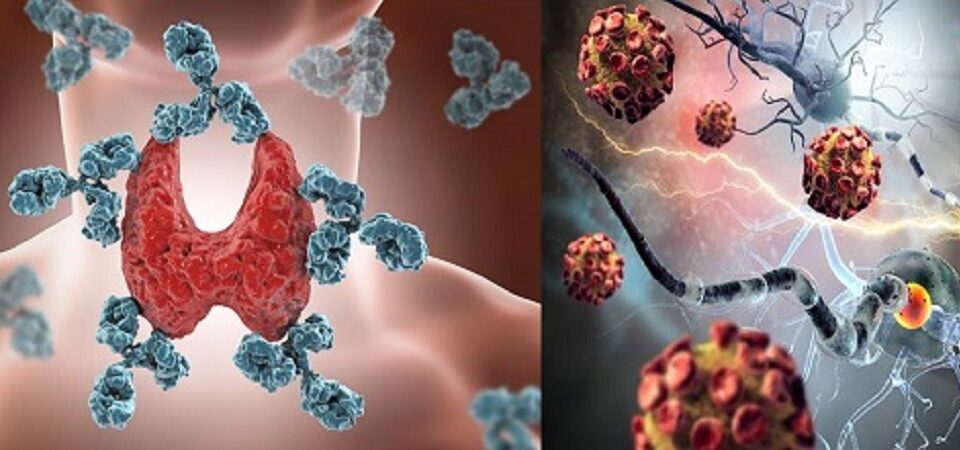
RESEARCHERS OBSERVED RELATIONSHIP BETWEEN SLEEP TIMINGS AND CONGESTIVE HEART FAILURE
July 14, 2020
EFFORTS FOR THE DEVELOPMENT OF NOVEL VACCINE AGAINST CORONA VIRUS
August 5, 2020As people are becoming increasingly less active and more obese, the incidence of type 2 diabetes is growing at an alarming rate.
Diabetes mellitus commonly known as diabetes is a metabolic disorder, characterized by high blood sugar levels over a prolonged period of time.
Carbohydrates taken through diet are broken down into smaller molecules of sugar called glucose. As the level of glucose increases in the blood after food intake, pancreas (organ in the body) releases insulin, a hormone that helps move glucose from blood into cells, for use as a source of energy.
Diabetes occurs when the pancreas is unable to produce enough insulin, due to loss of insulin producing beta cells. The loss of beta cells is caused by autoimmune response of the body i.e. body’s own immune cells damage the pancreatic cells, and as a result it cannot make insulin. This health condition is called type 1 diabetes or insulin-dependent diabetes.
The other type of diabetes called type 2 diabetes begins with insulin resistance, a condition in which body cells fail to respond to insulin properly. As the disease progresses a lack of insulin may develop.
Uncontrolled type 2 diabetes can lead to chronically high blood glucose levels, causing several symptoms and will potentially lead to serious complications.
As type 2 diabetes develops slowly, the symptoms may be mild and easy to dismiss at first. Some of the early symptoms may be constant hunger, fatigue, weight loss, excessive thirst, frequent urination, dry mouth etc.
Serious long term complications include cardiovascular disease, stroke, chronic kidney disease, foot ulcers, damage to nerves, damage to eyes and cognitive impairment etc.
The causes of diabetes are still unknown. Type 2 diabetes is associated with modifiable life style risk factors (e.g obesity, lack of exercise, stress, and unhealthy food intake etc.).
Type 2 diabetes is also associated with strong genetic and family related risk factors.
There is no cure for diabetes but with treatment and life style changes, it can be controlled and diabetics can live a long and healthy life.
As diabetes does not develop overnight, scientists conducted studies with objective to observe, how early in life first signs of disease susceptibility can appear, as this will help them intervene much earlier, so that they may prevent it.
The studies included over 4,000 participants in the Children of 90s- a health study established at University of Bristol in the early 1990s.
Researchers combined genetic information with an approach called ‘metabolomics’, to conduct the studies.
[‘Metabolomics’ is the scientific study involving ‘metabolites’, which are small organic molecules involved or produced during metabolism or biochemical reactions going on in the body. Metabolism is the way the body changes food into energy, it needs to breathe, digest food and grow.]
During the studies of the small organic molecules called metabolites, which were measured in the blood samples of participants, in order to identify patterns that are specific to early stages of development of type 2 diabetes.
Blood samples were collected from the participants when they were aged 8, 16, 18 and 25 years during the studies.
The study was conducted among young people who were generally free of type 2 diabetes and other chronic diseases.
Researchers observed during the studies that, in particular certain types of HDL cholesterol were found to be reduced at age 8 in the blood samples of participants, before other types of cholesterols including LDL were observed to be raised in the blood samples of subjects, who were genetically more prone to develop type 2 diabetes later on in life.

[Cholesterol is a waxy, fat like substance which comes from food and body also makes it. Body needs cholesterol to make hormones, vitamin D, bile and it is also part of cell mambranes.
As fats are not water soluble, these cholesterol molecules are packaged together with protein molecules and are called lipoproteins (lipids+protein) in the liver in order to be transported throughout the body.
HDL stands for high-density lipoproteins so called ‘good cholesterol’, as it carries and removes excess cholesterol from cells, tissues and blood vessels, and return it to liver which removes it from the body.
LDL stands for low-density lipoproteins so called ‘bad cholesterol’, travels through blood stream and delivers cholesterol to cells that need it. If the body has too much LDL, it can build up in the walls of arteries over the time and reduced the blood supply.]
During the course of the studies, researchers also observed inflammation and elevated levels of amino acids in blood samples of the participants, by the age 16 and 18 years. These differences in the metabolism noted through the studies widened over time.
[Amino acids are the building blocks of proteins. They are considered to be important bio markers in ‘metabolomics’.]
Researchers comment that appreciating these subtle differences in the metabolism of younger subjects, gives them the idea that these people are genetically more prone to develop diabetes later on in life, but does not mean that these young people ‘already have adult diabetes’.
Researchers further suggest that these findings will help reveal the biology of how diabetes unfolds and what features may be targetable much earlier on to prevent the onset of disease and its complications.
REFERENCE:
Signs of being prone to adult diabetes are already visible at age 8 years old
http://www.sciencedaily.com/releases/2020/06/200619154429.htm






